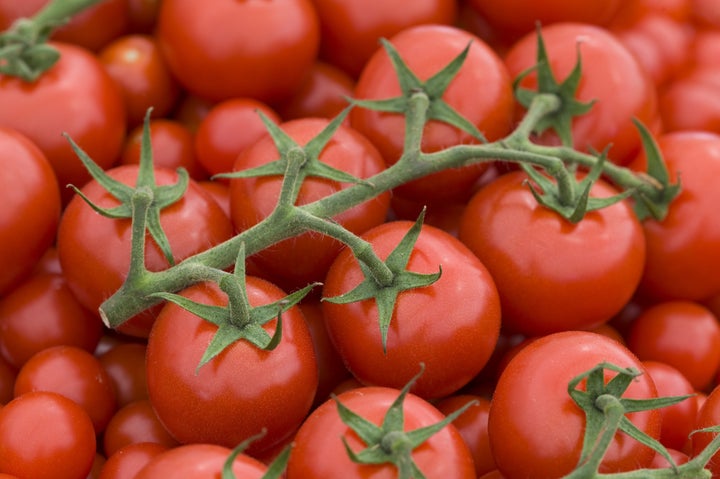
For the backyard gardener or farmer's market forager, tomato season is one of the true joys of summer. They may not be around for long, but when they are, there is little you can put on your plate that so easily and simply (and healthily) packs so much flavor.
Some swear by the many, many interesting and wildly-different heirloom varieties (in all sorts of colors and patterns). Others just as proudly show off the hybrids they grew in their backyards, passing out bags bursting with tomatoes to friends and neighbors when the bounty arrives. But either way, come August and September in most of the country, those at the table are in for a delicious treat.
The tomato has long been a controversial fruit, er, vegetable, though. Did you know that on May 10, 1983, the U.S. Supreme Court officially declared the tomato a vegetable, based on the fact that they are generally served with dinner and not dessert? Botanists may argue the other way. Whichever side of the debate you fall on however, one thing is for sure: The tomato is a good-for-you food!
Tomatoes are not only extremely versatile and taste great, they also have many nutritional benefits. They are high in lycopene. Lycopene is a phytochemical found in tomatoes (and fruit such as watermelon and pink grapefruit) that has potent antioxidant properties. Some studies have suggested lycopene may help decrease the risk of prostate cancer while working in concert with other nutrients.
Tomatoes are also high in vitamin C, vitamin A, potassium and fiber. One medium tomato is approximately 95 percent water and has 22 calories. One cup of fresh tomatoes provides more than 57 percent of the daily value for vitamin C, 22 percent of the daily value for vitamin A and almost 8 percent of the daily value for fiber.
Sometimes it's all we can do to wait to pop the deep red slices into our mouths as soon as the orbs are sliced. Others blanch and preserve their ruby treasures or boil them down into sauces so the late-summer treat can last for months more.
But raw or cooked -- which is better? Fat-soluble nutrients such as lycopene become more concentrated when tomatoes are cooked. Vitamin C, on the other hand, is more abundant in raw tomatoes. You'll be happy to know that you should enjoy this anti-aging "fruit" both ways for optimal benefits.
Try this recipe I learned from a friend in Hawaii for a delicious tomato salad - you"ll find it at FlavorFirst.com.
Cheryl Forberg, RD is a James Beard award-winning chef, original nutritionist for NBC's "The Biggest Loser" and NYT bestselling author. Her latest book is Flavor First (Rodale). She lives on a farm in Napa, California. For plenty of scrumptious recipes and weight loss tips, check out her website or follow her on Twitter or Facebook.
For more by Cheryl Forberg, RD, click here.
For more on diet and nutrition, click here.